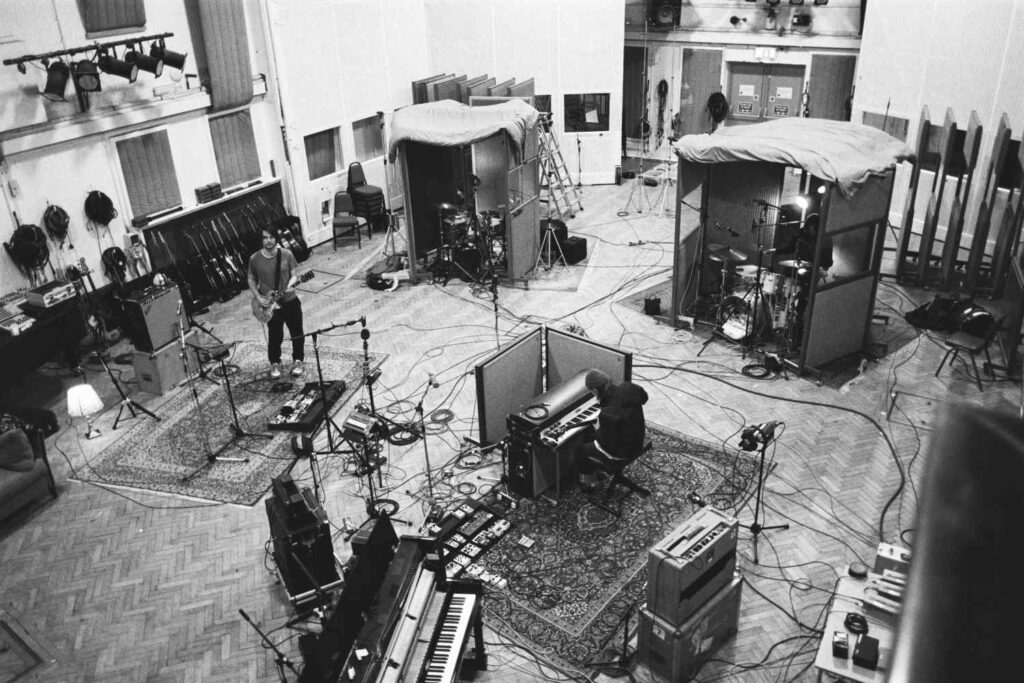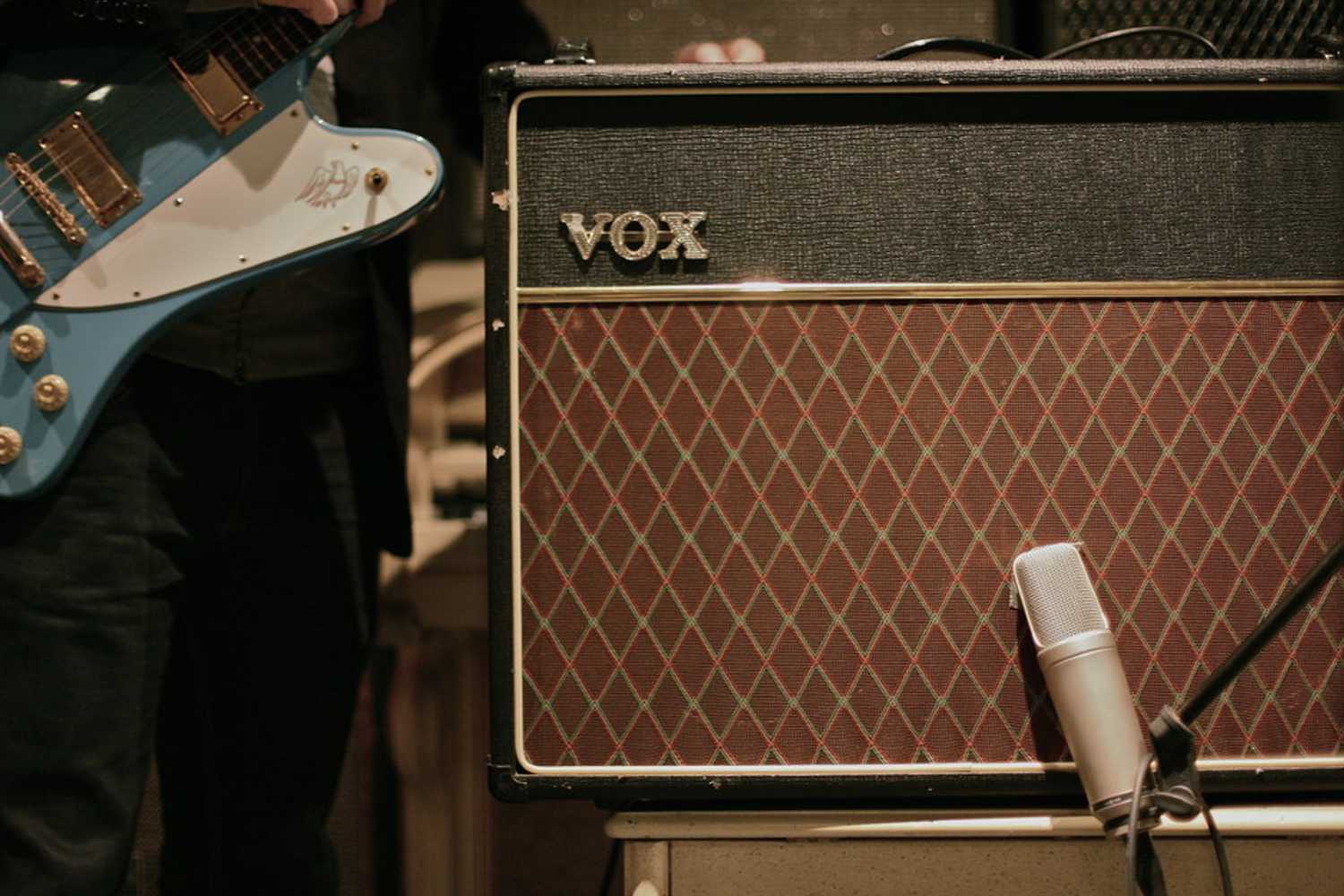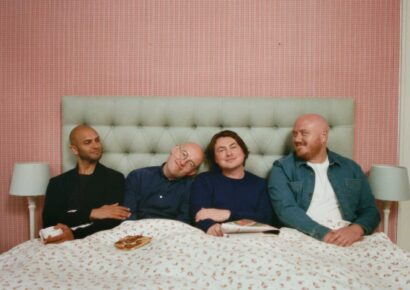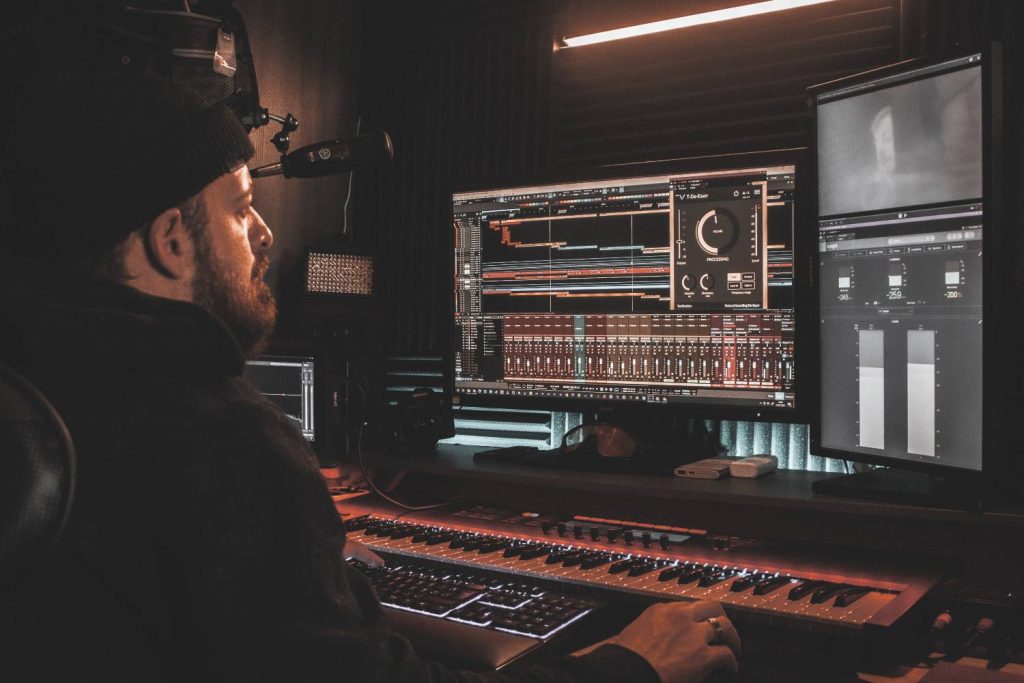An instant classic, the design has remained largely unchanged since 1960, both aesthetically, physically and sonically.
The Vox AC30 really is what Mixdown’s ‘Gear Icons’ is all about. It was introduced to market in the late 50s, and has received countless re-issues from Vox themselves, as well as endless clones and emulations, both analogue and digital.
Vox itself was founded in 1957, the AC30 being released after the smaller, 15-watt AC15 was not loud enough for bands like The Shadows, who needed a louder amp to be heard above screaming fans. The original AC30 was a tube-powered amplifier with a single 12”, 60-watt speaker, using two EL34 tubes to power it.
Read up on all the latest features and columns here.
Because of the pressure from the market, namely the Fender Twin, Vox moved to add a second speaker, swapping the power tubes for EL84s (making it more accurate to the original AC15, but double the power) and the classic was born. Early models included both 15” and 12” speakers depending on the year, including two channels with two inputs each (four inputs total), hence the AC30 also being known as the AC30/4.
Brian May – Live Aid 1985
One of the more famous examples of the Vox AC30’s use is Brian May, of Queen fame, playing what seems to be a bleacher full of Vox’s at 1985’s Live Aid. You read that right, the AC30’s are stacked like a school picture, in an array of what looks to be about 12 amps. The classic brown cloth, complete with golden finishings and the shining golden ‘Vox’ logo visible from the crowd.
May’s tone is crisp and clear, with a little grit thanks to the augmented use of the amps, and whether or not they’re all pushing air, it makes for a great look.
Eric Clapton – The Yardbirds
While closely associated with Strats and various other amps, Clapton’s career began with a Tele and a Vox AC30 in the Yardbirds. The Yardbirds’ were a breeding ground for rock’s greatest, with Eric Clapton, Jeff Beck and Jimmy Page all having a tenure.
Clapton’s tone here predates his classic smooth, bluesy ‘Slowhand’ tone to make way for a particularly British, jangly sound that suited the upbeat, Yardbirds sound. At this time, Clapton paired it with a Gretsch, as seen on the band’s Ready Steady Go! performance on May 22, 1964.
Kevin Shields – My Blood Valentine Loveless
Kevin Shields and My Bloody Valentine pioneered the atmospheric, enveloping genre of rock that is shoegaze in the 80s and 90s. Closely associated with reverbs and delay effects, Shields himself used less of this and more gain and tremolo bar modulation effects on his Fender Jazzmaster, for periods during the recording of the album Loveless with a Vox AC30 matched with a 60s Marshall.
The Marshall is a typically brighter amp, the Vox poking through with bolstered midrange clarity. The engineer on Loveless, Alan Moulder, explaining that the tone was a Shure SM57 right on the cone of each amp, which he generally used to achieve a sound close to the sound of the amp itself in the room.
Kurt Cobain – Nirvana Nevermind
While not a conventional high-gain amplifier, a Vox AC30 was used on the recording of Nirvana’s seminal record Nevermind. Paired with a Mesa Boogie and Fender Bassman, producer Butch Vig liked to drive amps to distortion rather than use external distortion and drive effects that affected the bottom end of the amp.
Dave Grohl – Foo Fighters There’s Nothing Left to Lose
The Vox AC30 is a classic sound in an of itself, while also serving as a great base to build your tones with pedals. Because of this, the Vox AC30 was used for the majority of the guitars on Foo Fighters’ album There’s Nothing Left to Lose.
The band was in pursuit of a cleaner, fatter, more naturally driven tone, doing away with additional drives and distortion for a more pristine sound. For that they trusted the Vox AC30.
Thom Yorke
Known primarily as frontman for Radiohead, Thom Yorke is also, more recently, a member of The Smile. You can often see a handful of Vox surrounding him, vintage and hand-wired variants on a cream tolex as well as the traditional black-coloured models.
Yorke’s affinity for them live makes it a safe assumption that the Vox AC30 has been used for studio sessions. One can be seen in the recording session for The Smile below.

Keep reading about the history of the Vox company here.







